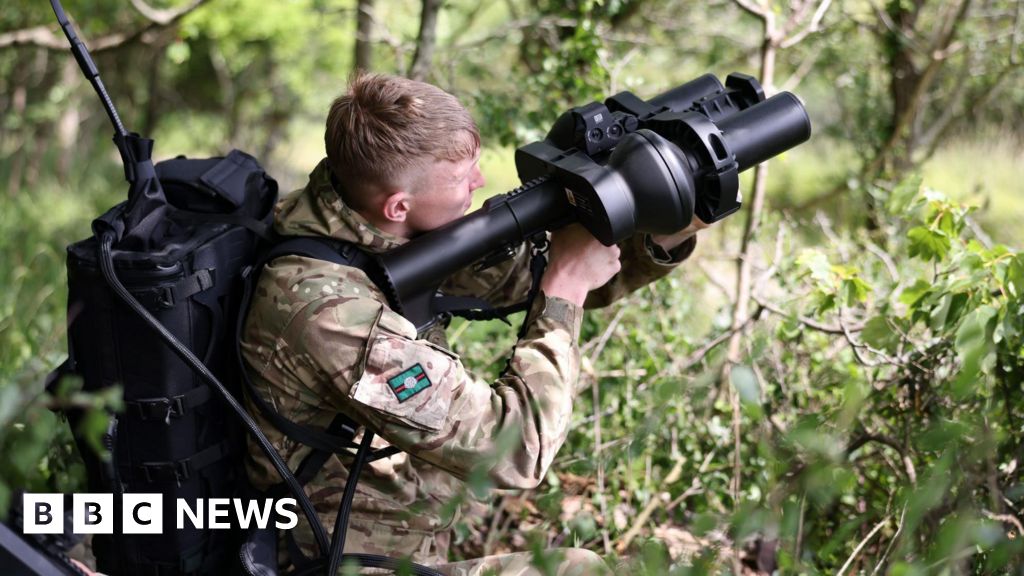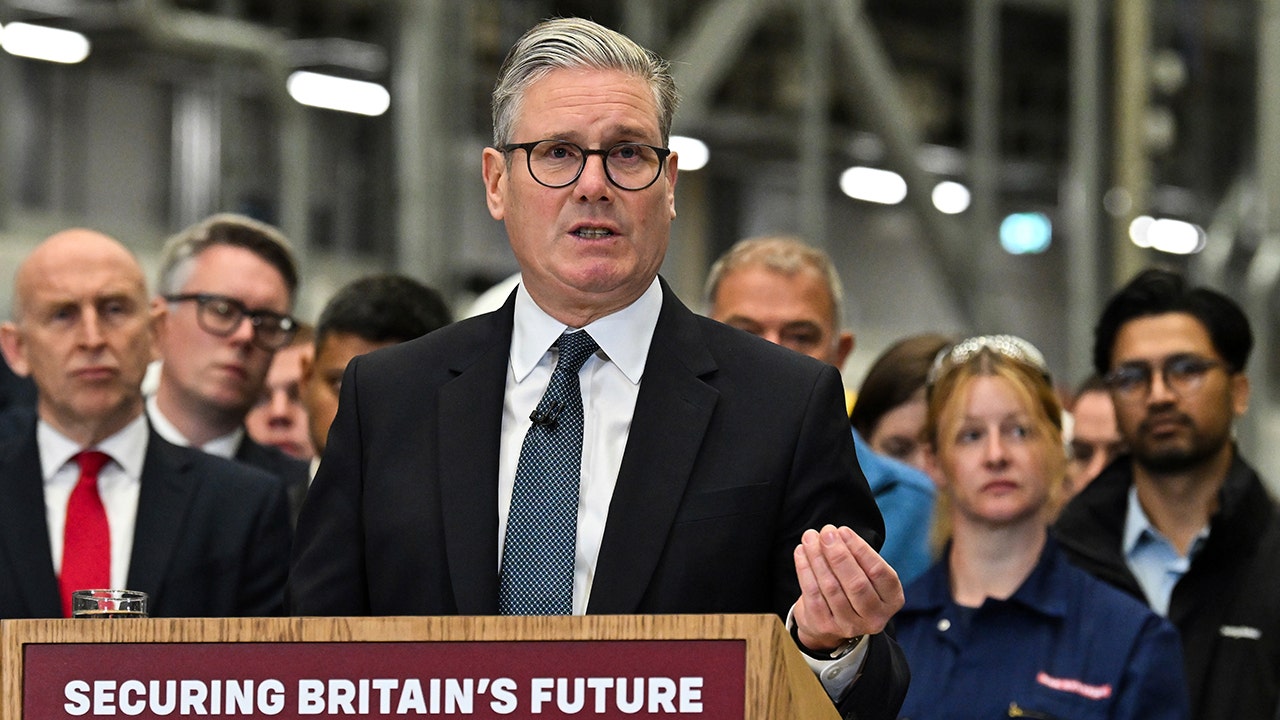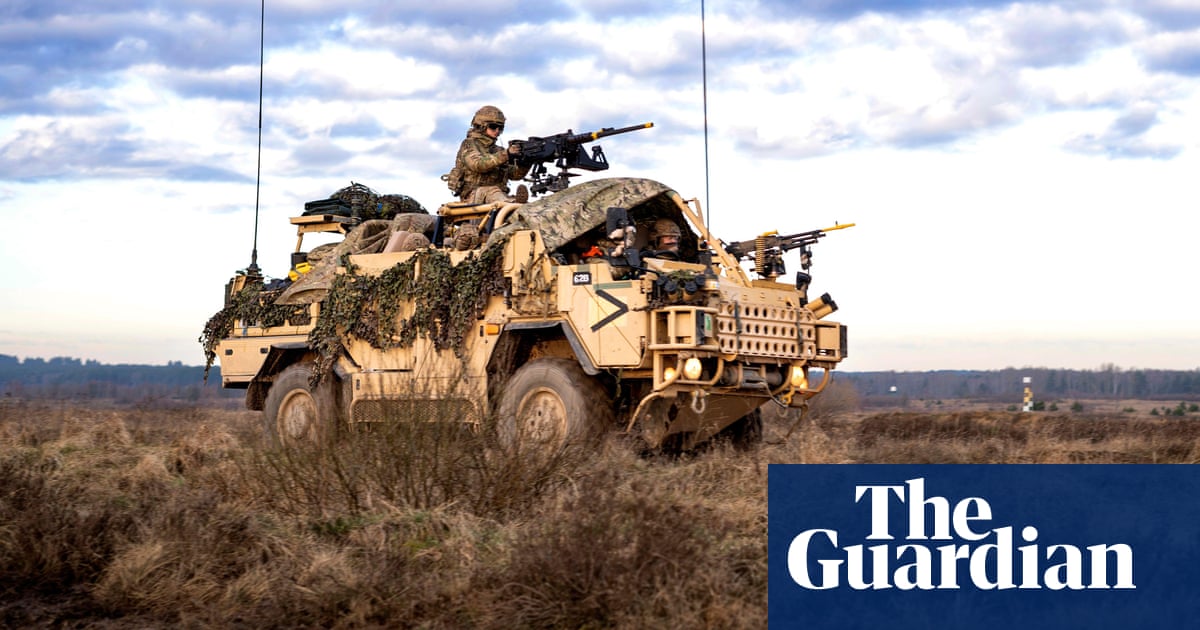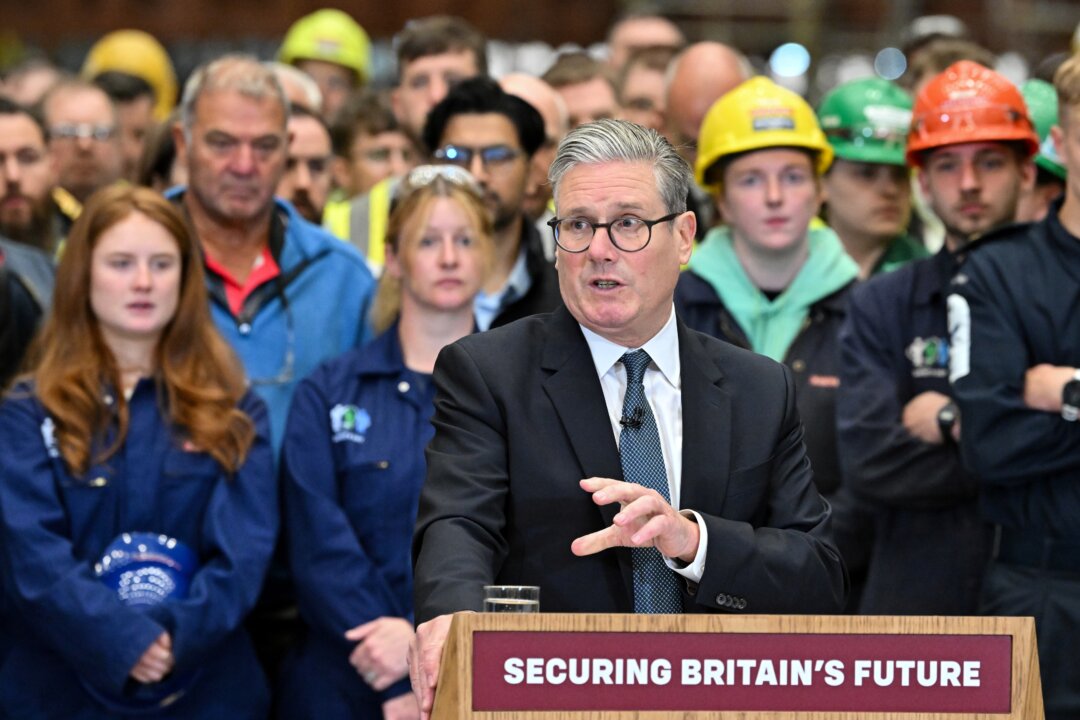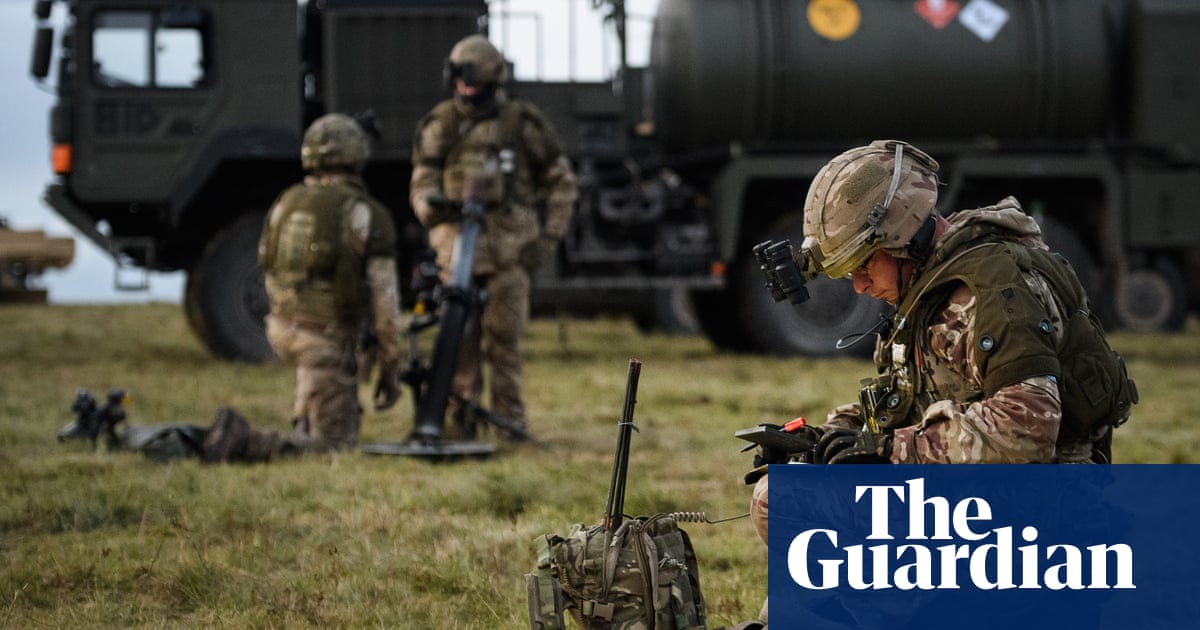UK Defense Spending Set to Rise Amid New Threats from Russia and China
The UK government plans to increase defense spending to 2.5% of GDP by 2027, focusing on modern military capabilities and readiness for war.
Subscribe to unlock this story
We really don't like cutting you off, but you've reached your monthly limit. At just $5/month, subscriptions are how we keep this project going. Start your free 7-day trial today!
Get StartedHave an account? Sign in
Overview
The UK government is set to increase defense spending to 2.5% of GDP by 2027, the largest rise since the Cold War, in response to threats from Russia and China. This includes plans for 12 new nuclear-powered submarines, six munitions factories, and a focus on advanced technologies like AI. Despite these ambitious plans, recruitment challenges mean the British Army's size will not increase until after the next election. The Strategic Defence Review emphasizes the need for a military capable of facing modern threats, with a commitment to enhance cyber capabilities and increase the lethality of the armed forces.
Report issue

Read both sides in 5 minutes each day
Analysis
- The articles present a neutral tone on UK's defense plans, balancing investments with criticisms on funding and preparedness.
- They emphasize the need for increased funding to meet ambitious defense goals amid rising global threats.
- A proactive tone is noted in discussions about military enhancements, particularly in response to perceived threats from Russia.
Articles (16)
Center (6)
FAQ
The UK is responding to heightened geopolitical tensions, including Russian aggression in Ukraine and increasing threats from both Russia and China in terms of military modernization and technological advancements.
The UK has committed to spending 2.5% of its GDP on defense by 2027, exceeding NATO's recommended 2% target. This is part of a broader strategic increase in defense capabilities.
The UK's plans include acquiring 12 new nuclear-powered submarines, building six munitions factories, and enhancing advanced technologies like AI and cyber capabilities.
History
- 5M

 4 articles
4 articles
- 5M

 3 articles
3 articles
